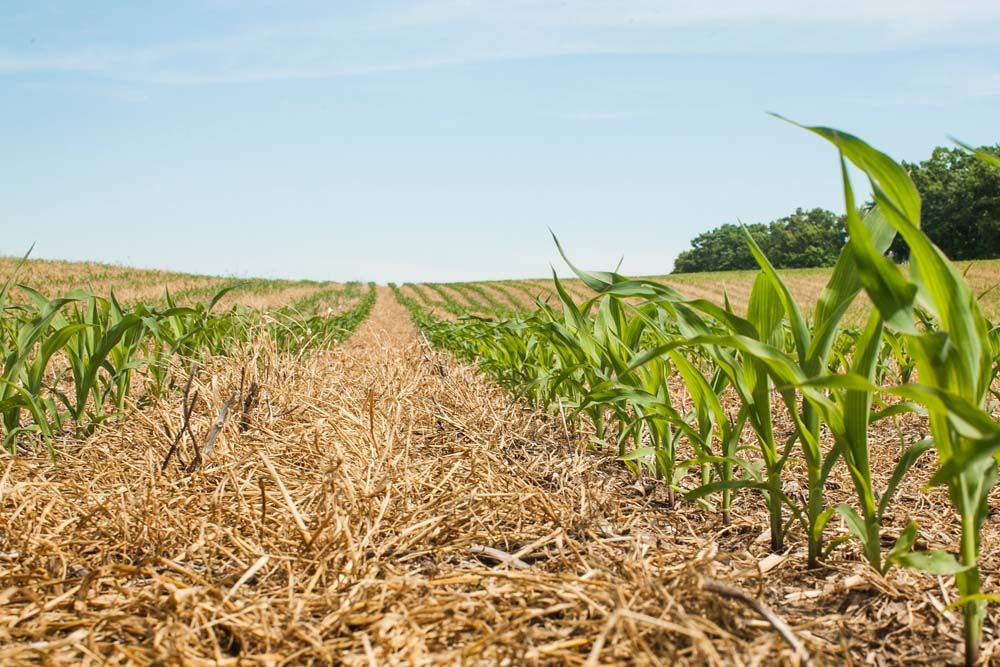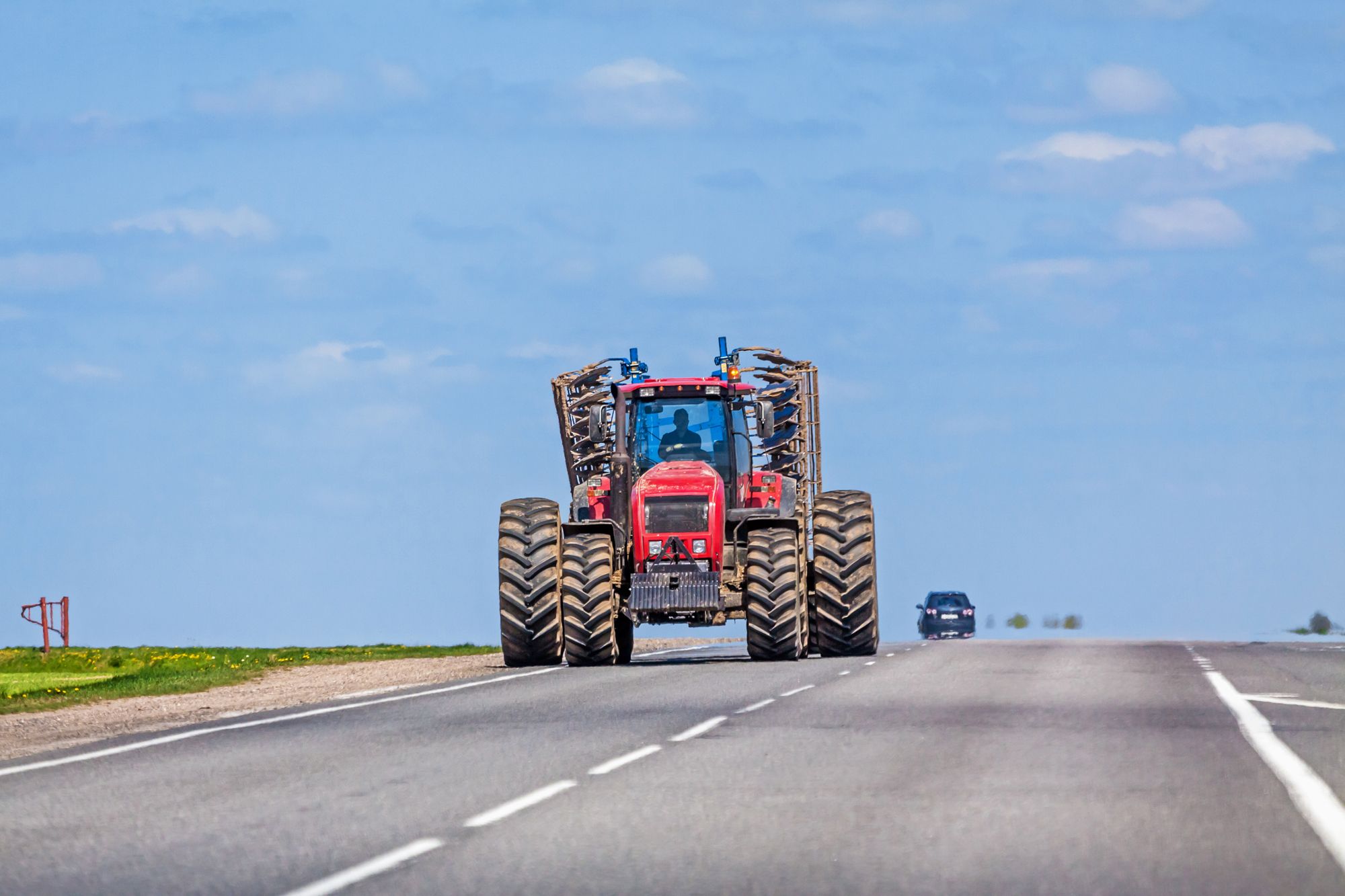Harvest Equipment Through the Years
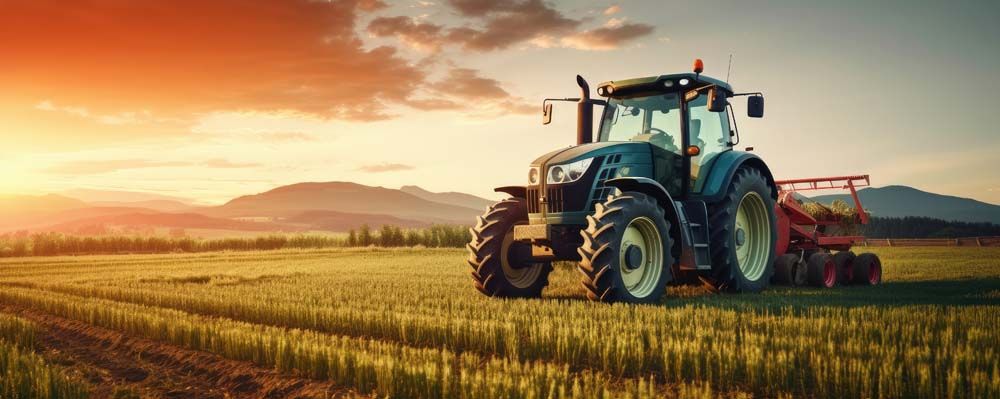

How we harvest our crops as changed as much as the number of farms and farmers. Crops used to be planted and harvested solely by hand…and today we’re moving closer to self-driving tractors being common on every farm.
These changes seem most evident during harvest. Let’s take a look at the timeline of how harvest equipment has changed from past to present.
1700s, the beginning
In 1784, a threshing machine was invented, separating grain from the rest of a plant. It was not immediately commercially successful.
In 1794, the hand-powered cotton gin was introduced. This machine separated the usable cotton from the seeds and debris after the cotton is picked.
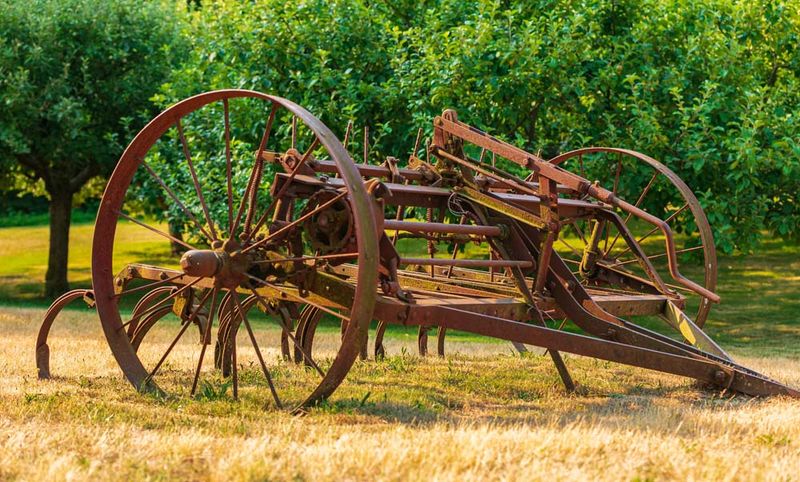
1800s
In 1831 the mechanical reaper was invented. This was the first grain harvesting machine in the U.S. and allowed farmers to harvest large fields in one day.
In 1833 the first successful small grain reaper was patented. By the next year, (1834) the horse-drawn mechanical reaper was developed, enabling one man to cut 40 acres of grain per day (compared with five men working by hand).
In 1836, a combine harvester was invented. This cut, threshed, and winnowed grain and was pulled by 20 horses.
1841 saw the first steam-powered traction engine.
By 1849 steam traction engines first appeared in use with threshing machines, removing limitations previously faced when using horses and oxen.
1862 saw big changes. Dissatisfied with portable steam engines powering farm machinery that had to be moved from site to site by a team of horses, British farmer Thomas Aveling developed a self-moving steam engine. The agriculture industry also began to switch from mostly hand work to horses.
In 1869 the J.I. Case Co. produces “Old #1,” the first steam-powered traction engine used primarily to replace horses.
In 1872 the first “knotter” used on early grain reapers was invented. This replaced the two men required to hand wrap bundles of grain.
1885 marks the first successful horse-drawn corn picker.
In 1886 the world’s first self-propelled combine was developed.
Case in 1892 was the first harvester company to build a gas tractor. It was not successful. The first in-the-field corn silage harvester was also patented this year.
1900s
In 1911, Case produced its first gas-powered tractor. The mule-powered peanut harvester is also introduced.
By 1930, 15% of farmers had adopted the use of tractors.
1932 saw a development in harvesting fragile crops: The Hume-Love floating cutter bar and pickup reel was patented. Dry pea harvesting costs dropped by 28% and crop loss was reduced from 50% to 10%.
In 1935, Massey Ferguson introduced the small “clipper” combine. This pull-type combine was marketed for use on smaller farmers.
1941 saw Massey Harris (now Massey Ferguson) produce the first successful self-propelled combine.
In 1942, the Gehl Co. was the first to mass-produce forage harvesters. International Harvester also built “Old Red,” the first commercially successful cotton picker, revolutionizing the cotton industry.
By 1945, tractor use on farms surpassed the use of horses.
In 1950, the peanut combine was introduced by Lilliston Corp. This machine removed 80% of the labor cost of harvesting peanuts.
In 1968, the combine grain-loss monitor was produced, enabling farmers to monitor grain losses in real time and make adjustments. Also, 96% of cotton is harvested mechanically.
In 1977, International Harvester introduced the first mass-produced rotary combine.
In 1980, John Deere introduced a four-row cotton picker, which increased productivity by 85-95%.
In 1992, the Yield Monitor 2000 was released. This was the first accurate combine yield monitor, which was a significant achievement in what would become precision farming.
1994 saw huge strides in technology as more farmers use GPS receivers to determine which areas need specific quantities of water, fertilizer and pesticides. Satellite technology is also used in tracking and planning. In this year, the first GMO produce/crop (a tomato) was approved for sale in the U.S.
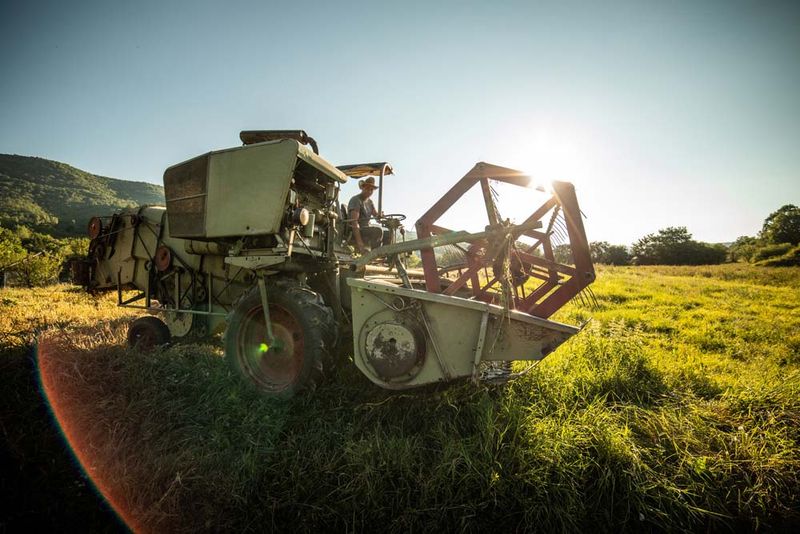
2000s
In 2006, AutoFarm introduces AFTracker, the first implement steering system based on RTK GPS.
All this was happening with profound advances in pesticides, plant breeding and genetics, ag mechanics (as noted) and much more.
Today, we’re seeing ag going more digital each day. Data can now be accessed from almost anywhere in the palm of your hand. Autonomous and electric equipment is popping up in conversation.
There’s no doubt that agriculture will strive for continued efficiency and improvement in the years to come.
About the author
When not tending to her own 17-acre farm, Michelle Miller aka The Farm Babe is a writer, public speaker, and social media influencer on food and modern agriculture. Learn more about her at thefarmbabe.com.
Tags:The Farm Babe

Acreage Life is part of the Catalyst Communications Network publication family.












